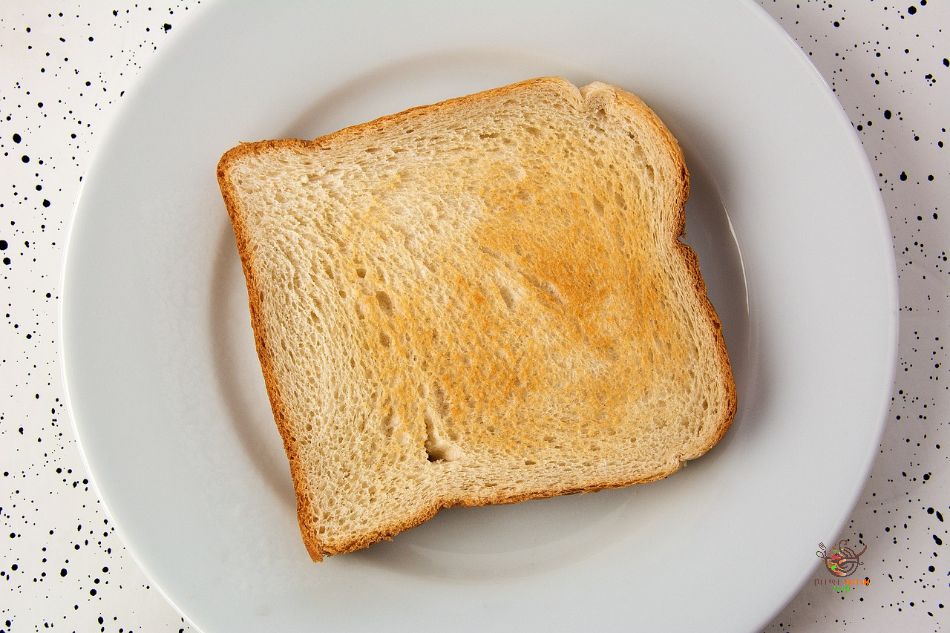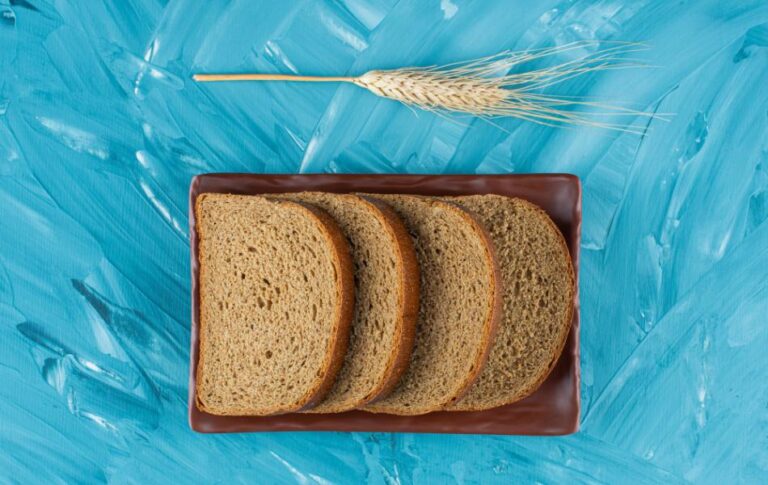Toasted Bread: Good or Bad for Your Health?
Deciding to toast bread often comes down to personal preferences for taste and texture. Interestingly, the process of toasting, which involves dehydrating the bread, has been associated with a few potential health benefits. However, the situation is not quite as simple. To comprehend what occurs when you decide to toast your bread, take a look below.
The composition of Toasted Bread
While a delicious piece of toast might appear to be a simple slice of bread subjected to heat, there’s a fascinating biochemical process happening beneath the surface. When fresh bread loses its moisture and takes on a brown hue, chemical reactions occur. This phenomenon is called the Maillard reaction, and it’s responsible for both the appealing dark color of toast and the development of its more complex flavors.
Does Toasting Alter Bread’s Nutritional Value?
There’s a common misconception that toasting bread depletes its nutrients. This belief is not accurate. Nonetheless, according to dietitians, toasted bread does have a slightly lower glycemic index due to the chemical reactions mentioned earlier, which break down carbohydrates. However, the variance in GI between regular bread and toast is not substantial.
Is Toast a Healthy Choice?
Toast can be a part of a well-balanced diet since it primarily consists of carbohydrates. Additionally, toasting whole-grain bread can enhance its nutritional value by increasing its protein, fiber, vitamin, and mineral content.
Moreover, some limited research suggests that there may be slight nutritional advantages to choosing toast over plain bread!
The Health Benefits of Toasted Bread
Toasting bread doesn’t alter its nutritional value, so natural and toasted bread have the same calorie content. Toasting bread triggers a beneficial chemical change for people with specific health concerns, like:
Toasted Bread for Nausea and Vomiting Relief
Experiencing nausea and vomiting can be highly uncomfortable. During such moments, many find relief in consuming toast with milk. This combination acts as an antacid and is an effective remedy for soothing the stomach. It’s a quick and easy option to prepare. However, it’s important to note that this remedy may not be suitable if you have stomach flu, as dairy-based products are generally not recommended during flu episodes.
Toasted Bread and Glycemic Index in Diabetes
It’s worth noting that toasted bread can play a meaningful role in the lives of individuals managing diabetes. The toasting process reduces the bread’s fat content and also lowers its glycemic index, both of which can have a significant impact on those with diabetes. So, if you have diabetes and like bread, try toasted bread. It’s tasty and better for diabetes. Various toasters are available to make the toasting process easy and enjoyable.
Reduced Fat in Toasted Bread
Bread typically contains fat, which can contribute to weight gain. Toasting bread can help reduce its fat content to some degree, though the decrease may not be substantial. Nevertheless, this slight reduction can make a difference if you consume bread regularly.
Relief for Digestive Discomfort
Have an upset stomach with loose stools? Consider eating toasted bread. People suggest following the BRAT diet, which includes bananas, rice, applesauce, and toast. Toast is easier on your stomach than regular bread. Lightly toasted bread is usually better than darker toast.
Energizing Benefits of Toast
Toast is rich in low glycemic index starch, making it an excellent energy source. Many people include it in their breakfast to stay energetic throughout the day. It’s also commonly consumed when dealing with diarrhea or constipation to replenish lost energy due to bodily stress. Whether you’re feeling unwell or in good health, maintaining energy levels is essential in both cases.
Carbs and Gluten in Toasted Bread
Toasting bread has a minimal impact on carbohydrates and gluten. However, toasted bread has a lower glycemic index than untoasted bread, which means it releases glucose into the bloodstream more gradually, potentially helping with blood sugar control and weight management. Most studies focus on white bread, so the effects on other bread types remain unclear and require further research.
Downsides of Toasted Bread
The main drawback of toasted bread is the potential presence of acrylamide, a chemical that can be a health concern. It forms when foods like bread are toasted at high temperatures. The FDA is researching its health risks, as higher levels of acrylamide are associated with cancer.
An older study from 2008 found that toasting increases acrylamide levels in bread. To reduce your exposure to this chemical, avoid toasting bread until it’s dark brown; opt for lighter toasting. Additionally, avoid eating the darker, heavily toasted parts of bread, as they contain more acrylamide.
In the end, when we compare toast to regular bread based on the science, there’s not a big difference in terms of healthiness. Some aspects are slightly better or worse, but overall, it’s pretty similar.
If you enjoy eating toast, that’s perfectly fine as long as it’s part of a balanced and healthy diet.







